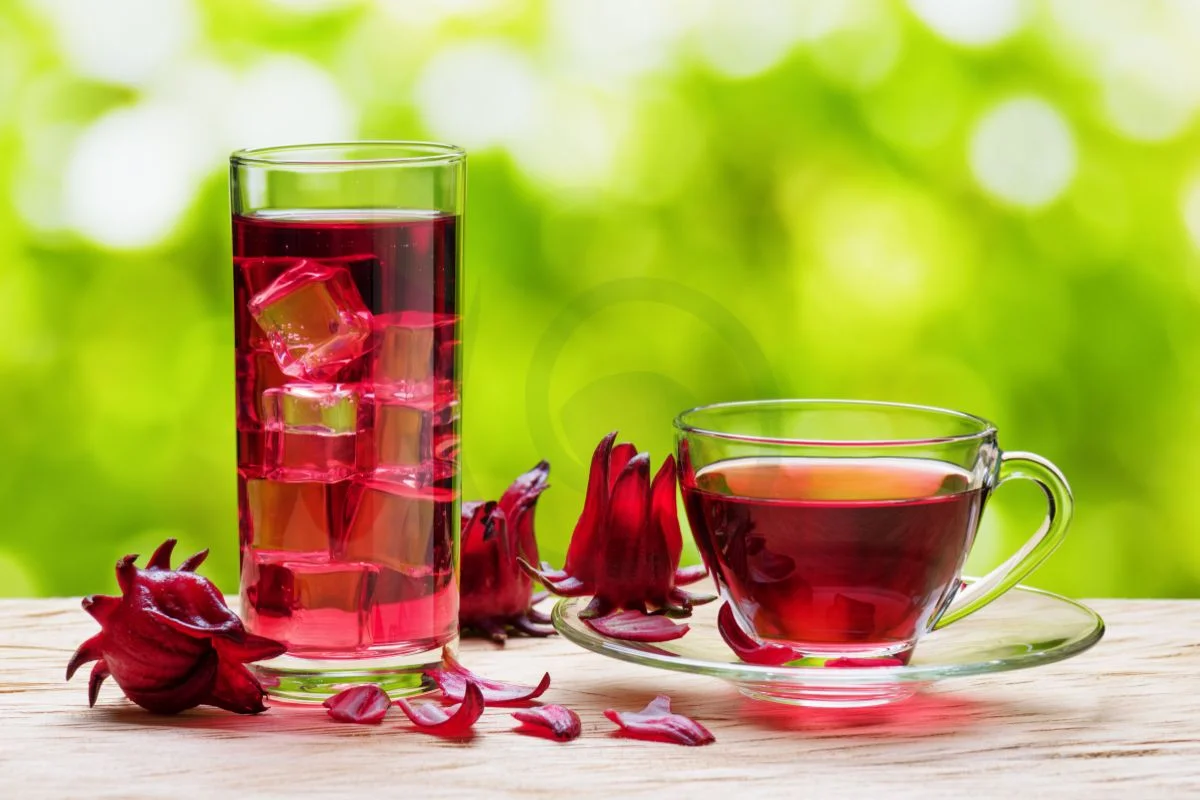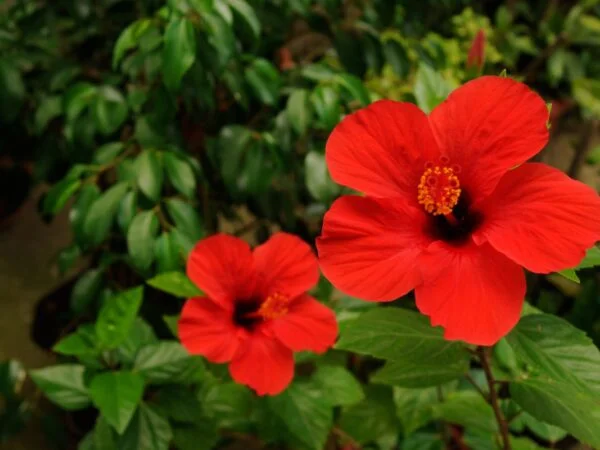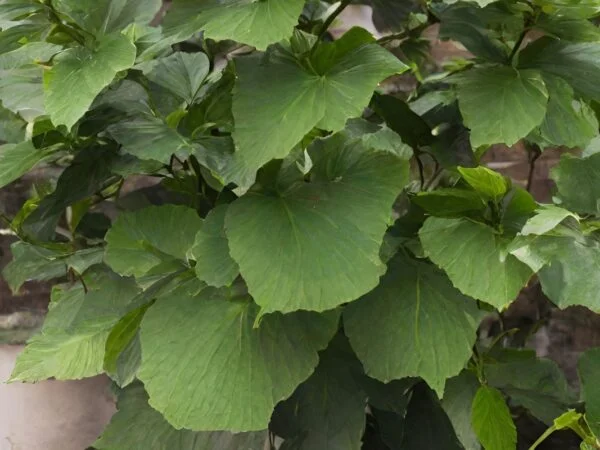Want to learn how to make cold hibiscus tea? Discover the refreshing and easy steps to whip up this vibrant beverage at home. Dive into the rich historical context of hibiscus tea, a drink cherished for its health benefits and unique flavor profile. Uncover the secrets behind crafting a perfect batch of cold hibiscus tea that will impress your taste buds and guests alike. With just a few simple ingredients like sweeteners and steps, you can enjoy a cooling and flavorful iced tea drink that's perfect for any occasion. Embrace the tropical vibes and tangy notes of hibiscus with each sip of this delightful beverage.
Key Takeaways
- Experiment with Different Hibiscus Varieties: Try different types of hibiscus flowers to discover unique flavors and aromas.
- Patience is Key in Cold Brewing: Allow the hibiscus tea to steep in cold water for an extended period to extract maximum flavor without bitterness.
- Get Creative with Enhancements: Elevate the taste of your cold hibiscus tea by adding complementary flavors like citrus, mint, or honey.
- Serve Cold Hibiscus Tea in Various Ways: Enjoy your tea over ice, with a splash of sparkling water, or as a base for refreshing cocktails.
- Stay Informed about Potential Side Effects: Be aware of the possible interactions hibiscus tea may have with certain medications or health conditions.
- Refer Back to Recipe Details: Review the specific steps and measurements in the recipe section to replicate the perfect cold hibiscus tea at home.
Understanding Hibiscus
What is Hibiscus
Hibiscus, a vibrant tropical flower, is known for its versatility in culinary creations. Commonly used in teas and beverages, hibiscus adds a unique flavor profile.
Health Benefits
Hibiscus tea offers potential health benefits, including lowering blood pressure and antioxidant properties that support overall well-being.
Tea Taste Profile
The taste of hibiscus tea is characterized by its tartness, similar to unsweetened cranberry juice. Its sweetness level can be adjusted to suit individual preferences.
Color Source
Anthocyanins are responsible for the rich color of hibiscus tea, resembling shades found in pomegranates or cranberries. The ruby hue of hibiscus tea is visually appealing.
Cold Brew Process
Special Equipment
- Essential equipment: a large jar or pitcher is necessary for the cold brew process.
- A fine mesh strainer is crucial for effectively straining the hibiscus tea.
Ingredients List
- Primary ingredients: dried hibiscus petals and cool spring water are essential.
- Optional sweeteners include sugar, honey, or agave to customize the taste.
Step-by-Step Directions
For Iced Tea
To prepare hibiscus iced tea using the cold brewing method:
- Add dried hibiscus petals to a large jar or pitcher filled with cool spring water.
- Let it steep in the refrigerator for 8-12 hours for a refreshing flavor.
- Strain the mixture using a fine mesh strainer to remove the petals.
- Serve over ice and sweeten according to preference for a delightful beverage.
For Simple Syrup
Enhance your hibiscus tea with simple syrup by following these steps:
- Combine equal parts of water and sweetener (sugar, honey, or agave) in a saucepan.
- Heat the mixture until the sweetener dissolves completely to create simple syrup.
- Allow the syrup to cool before adding it to your hibiscus tea for sweetness.
Flavor Enhancements
Making Simple Syrup
Creating simple syrup is a straightforward process that involves equal parts water and sugar. Begin by heating the mixture until the sugar dissolves completely. Afterward, allow it to cool before transferring it to a container for storage. Prepared simple syrup can be kept in the refrigerator for up to two weeks.
Sweeteners Variety
When sweetening hibiscus tea, there are various options available. Common choices include sugar, honey, agave, and maple syrup. Each sweetener brings a unique taste profile to the tea, enhancing its overall flavor with distinct notes of sweetness.
Flavored Syrups
For a more intricate flavor experience, consider using flavored syrups in your hibiscus tea. Floral honey varieties can introduce delicate floral undertones, elevating the tea's taste profile. Incorporating lavender syrup not only adds a subtle sweetness but also infuses the tea with a delightful aroma.
Serving Suggestions
Strain Before Serving
Straining hibiscus tea is crucial to ensure a smooth and enjoyable drinking experience. Use a fine mesh strainer to eliminate any lingering petals or debris from the brewed tea. By discarding the soaked flowers, you guarantee a mouth-watering sip every time.
Refreshing Sippers
Consider hibiscus tea as your go-to refreshing beverage, especially when served cold. Its inherent cooling properties make it perfect for hot summer days, offering a delightful way to quench your thirst. Whether enjoyed on its own or mixed into cocktails, hibiscus tea adds a unique twist to your drink selection.
Tea Variations
Explore the diverse world of hibiscus tea with various exciting variations. From traditional hot brews to innovative cold infusions, the options are endless. Get creative by experimenting with different flavor combinations like adding citrus fruits or herbs for an extra kick.
Side Effects Awareness
Potential Side Effects
Consuming hibiscus tea can have potential side effects that individuals should be aware of. One common issue is the risk of low blood pressure, especially among those who consume it excessively. This effect is due to the natural properties of hibiscus that can lower blood pressure levels significantly. It's crucial to moderate your consumption, especially if you have existing low blood pressure concerns.
Remember to consult with a healthcare professional before incorporating hibiscus tea into your daily routine, especially if you have any underlying health conditions or are taking medications that may interact with the tea.
Recipe Review Section
Rating and Review
Share your experiences with making cold hibiscus tea. Did you enjoy the process of crafting this refreshing beverage? How did it turn out?
Invite feedback on your taste preferences when it comes to hibiscus tea. Do you prefer it sweetened or unsweetened? Share your thoughts.
Rate and review your hibiscus tea creations. What did you like about the flavor, color, and overall experience of making this drink?
Save for Later
Pinning Guide
Pinning hibiscus tea recipes is a smart way to save them for later quick access. By pinning recipes, you can easily refer back to them whenever needed.
Organizing pinned content into categories like "Cold Hibiscus Tea Recipes" or "Floral Beverages" can help you find them effortlessly.
Creating boards on platforms like Pinterest allows you to categorize your saved recipes based on themes or occasions.
When you pin a recipe, make sure to add descriptive titles so you can identify them at a glance.
Consider creating separate boards for different types of teas, such as herbal teas, fruit-infused teas, or iced tea variations.
Pinning hibiscus tea recipes not only saves time but also ensures that you have a variety of options at your fingertips.
Exploring More Teas
More Teas to Try
When it comes to expanding your tea collection, there are several other exciting options to consider. Green tea, known for its health benefits and delicate flavor, is a popular choice. Oolong tea, with its unique partially oxidized leaves, offers a balance between green and black teas.
Black tea, characterized by its robust taste and higher caffeine content, is perfect for those seeking a bold flavor profile. White tea, the least processed of all teas, provides a subtle and light brew that appeals to many. For those looking for herbal options, chamomile tea is soothing and caffeine-free, ideal for relaxation before bedtime.
Final Remarks
You've now learned how to create a refreshing batch of cold hibiscus tea. Understanding the versatility of hibiscus, mastering the cold brew process, enhancing flavors, and being aware of potential side effects are crucial steps in your tea-making journey. Experiment with different serving styles and explore other tea varieties to expand your palate.
Now it's time to put your knowledge into action. Gather your ingredients, brew a delightful pitcher of cold hibiscus tea, and savor the unique flavors. Don't forget to share this newfound skill with friends and family, spreading the joy of homemade teas. Keep exploring the world of teas, discovering new recipes, and enjoying the soothing experience they bring into your life.
Frequently Asked Questions
Is hibiscus tea good for health?
Hibiscus tea is rich in antioxidants, may help lower blood pressure, and promote liver health. However, excessive consumption can lead to potential side effects like upset stomach or dizziness.
Can I sweeten my cold hibiscus tea naturally?
Yes, you can sweeten your cold hibiscus tea naturally with honey, agave nectar, or stevia for a healthier option compared to refined sugars.
How long should I let the hibiscus tea cold brew process take?
Allow the hibiscus tea to cold brew for at least 6-8 hours in the refrigerator to extract maximum flavor without turning bitter.
What are some flavor enhancements for cold hibiscus tea?
You can enhance the flavor of your cold hibiscus tea by adding fresh mint leaves, slices of citrus fruits like lemon or orange, or a hint of ginger for a refreshing twist.
Are there any common side effects of consuming hibiscus tea?
While generally safe, consuming hibiscus tea in excess amounts may lead to potential side effects such as lowering blood pressure too much, affecting hormone levels, or causing allergic reactions in some individuals.
Image Source: Paid image from CANVA




